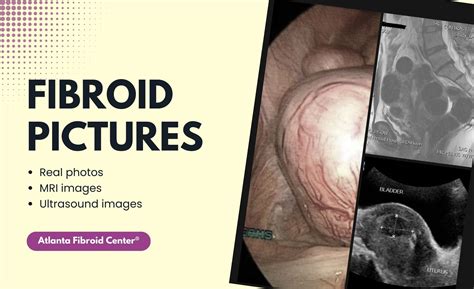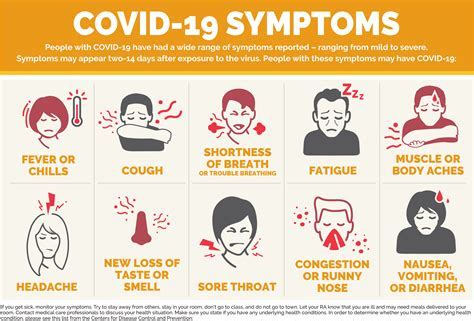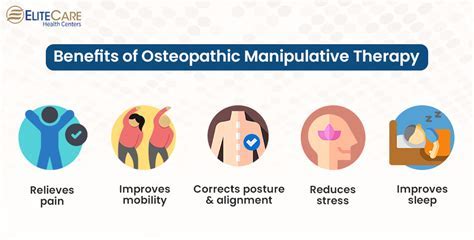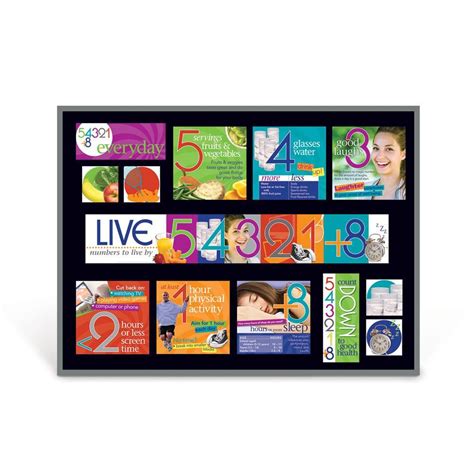Intro
Discover key facts about uterine fibroids, including symptoms, treatment options, and causes, to better understand these common growths and their impact on womens health, fertility, and overall wellbeing.
Uterine fibroids are a common health issue that affects millions of women worldwide. These non-cancerous growths can develop in or around the uterus, leading to a range of symptoms, from mild discomfort to severe pain and heavy bleeding. Despite their prevalence, many women are unaware of the facts about fibroids, which can make it difficult to understand and manage the condition. In this article, we will delve into the world of fibroids, exploring the latest research, symptoms, treatment options, and more.
Fibroids are a significant concern for women's health, particularly during the reproductive years. They can affect a woman's quality of life, causing symptoms such as heavy menstrual bleeding, prolonged periods, and pelvic pressure. In some cases, fibroids can also impact fertility and pregnancy outcomes. With so much at stake, it is essential to educate ourselves about the facts surrounding fibroids. By understanding the causes, symptoms, and treatment options, women can take control of their health and make informed decisions about their care.
The impact of fibroids on women's lives cannot be overstated. From the emotional toll of dealing with chronic symptoms to the financial burden of medical treatments, fibroids can be a significant challenge. However, with the right information and support, women can navigate this condition and find relief. Whether you are experiencing symptoms or simply want to learn more about fibroids, this article is designed to provide you with the facts and insights you need to take charge of your health.
What are Fibroids?

Types of Fibroids
There are several types of fibroids, including: * Intramural fibroids: These are the most common type and develop within the uterine wall. * Submucosal fibroids: These develop just beneath the uterine lining and can cause heavy bleeding and other symptoms. * Subserosal fibroids: These develop on the outer surface of the uterus and can cause pressure on surrounding organs. * Pedunculated fibroids: These are attached to the uterus by a stalk-like structure and can cause symptoms such as pelvic pain and pressure.Symptoms of Fibroids

Diagnosing Fibroids
Fibroids can be diagnosed using a range of imaging tests, including: * Ultrasound: This is the most common test used to diagnose fibroids and can help identify the size, location, and number of growths. * Magnetic Resonance Imaging (MRI): This test can provide more detailed images of the uterus and surrounding organs. * Computed Tomography (CT) scan: This test can help identify fibroids and rule out other conditions.Treatment Options for Fibroids

Alternative Therapies
Some women may also consider alternative therapies, such as: * Acupuncture: This can help reduce symptoms such as pain and heavy bleeding. * Herbal remedies: Certain herbs, such as red clover, may help reduce symptoms. * Dietary changes: Eating a balanced diet that is rich in fruits, vegetables, and whole grains can help reduce symptoms.Living with Fibroids

Support and Resources
There are many resources available to support women living with fibroids, including: * Online support groups and forums * Local support groups and meetups * Healthcare providers and specialists * Educational resources and websitesConclusion and Next Steps

We invite you to share your thoughts and experiences with fibroids in the comments below. Have you been diagnosed with fibroids? What treatment options have you explored? What tips do you have for managing symptoms and improving quality of life? By sharing our stories and supporting one another, we can work together to raise awareness and promote understanding of this important women's health issue.
What are the symptoms of fibroids?
+The symptoms of fibroids can include heavy or prolonged menstrual bleeding, pelvic pain or pressure, abdominal bloating or swelling, frequent urination, constipation or bowel obstruction, and infertility or pregnancy complications.
How are fibroids diagnosed?
+Fibroids can be diagnosed using a range of imaging tests, including ultrasound, Magnetic Resonance Imaging (MRI), and Computed Tomography (CT) scan.
What are the treatment options for fibroids?
+The treatment options for fibroids depend on the size, location, and number of growths, as well as the severity of symptoms. Some common treatment options include watchful waiting, medications, minimally invasive procedures, and surgery.
Can fibroids affect fertility?
+Yes, fibroids can affect fertility. Large fibroids or those that are located in the uterine cavity can interfere with implantation of the embryo or increase the risk of miscarriage.
Can fibroids be prevented?
+While there is no sure way to prevent fibroids, maintaining a healthy weight, eating a balanced diet, and getting regular exercise may help reduce the risk of developing fibroids.
